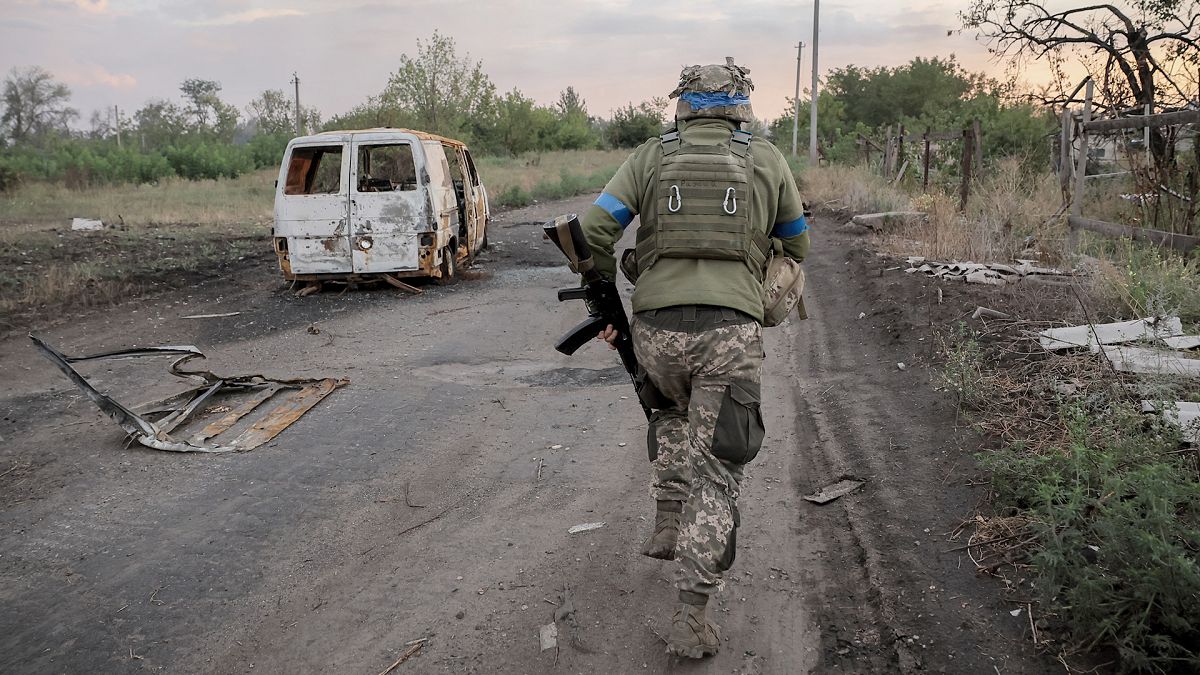The ongoing cross-border Ukrainian assault in Russia’s Kursk region that began on Tuesday has captured the attention of many. Previous incursions by Ukrainian forces into Russian territory have occurred, with the most recent being in March of this year. However, this current assault is different as it started without any warning and has been shrouded in mystery. Information about the fighting in the Kursk region has been coming primarily from Russian official sources and military bloggers. Ukrainian officials have not made any statements regarding the operation.
The Russian defence ministry initially reported that around 300 Ukrainian soldiers conducted an incursion across the border into Russia, engaging in combat supported by tanks, armored vehicles, drones, and missile strikes. Although Moscow claimed that the attacks were repelled, Russian military bloggers reported that Ukrainian forces were capturing settlements and moving deeper into Russian territory. Several fresh Ukrainian brigades have been introduced to the Kursk assaults, and armoured formations have been seen near the frontlines.
Responsibility for previous raids into Russian territory has been claimed by groups such as the Russian Volunteer Corps, the Freedom of Russia Legion, and the Sibir Battalion. However, in this current assault, the Ukrainian forces involved belong to the army’s 22nd Mechanized Brigade – seasoned and experienced soldiers. The Russian border in the Kursk region was initially controlled by border control forces, with reinforcements of young conscripts arriving to defend against the incursion.
Drone warfare is playing a crucial role in Ukraine’s operation across the border, with first-person-view drones being widely used. These drones have provided Ukraine with tactical and strategic advantages against Russia. The deployment of various types of drones has allowed Ukraine to disrupt Russian military operations on the ground, at sea, and in the air. Video footage has shown a Ukrainian FPV drone allegedly hitting a Russian Mi-28 Havoc attack helicopter over the Kursk region.
The endgame of this assault remains unclear, with questions arising over the benefits of such actions. While the shock value and disruption of Russian military operations may be immediate gains, the long-term objectives are uncertain. The Sudzha axis, where the assault is occurring, is critical due to its location on the Lgov-Belgorod railway, which goes to Belgorod – a main logistics depot. Additionally, the Sudzha gas transfer and measuring stations are crucial entry points for Russian natural gas into the Ukrainian gas transmission system for transport to Europe. Claims of Ukrainian forces capturing a gas measuring facility have been made but not verified independently.
Overall, the ongoing Ukrainian assault in the Kursk region has raised concerns and sparked interest in the tactics and strategies being employed. With the situation evolving rapidly, it remains to be seen how the conflict will unfold and what the ultimate goals of the assault are. The use of drones and the involvement of seasoned Ukrainian soldiers have added complexity to the situation, while the economic and energy importance of the region adds further significance to the conflict.










